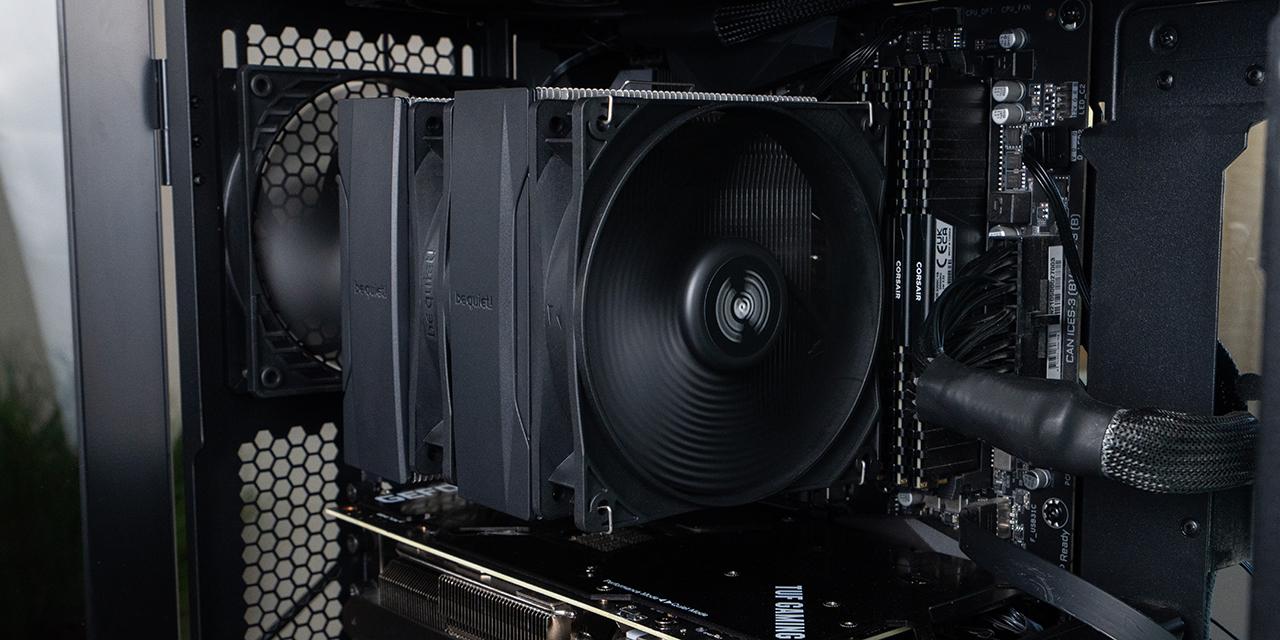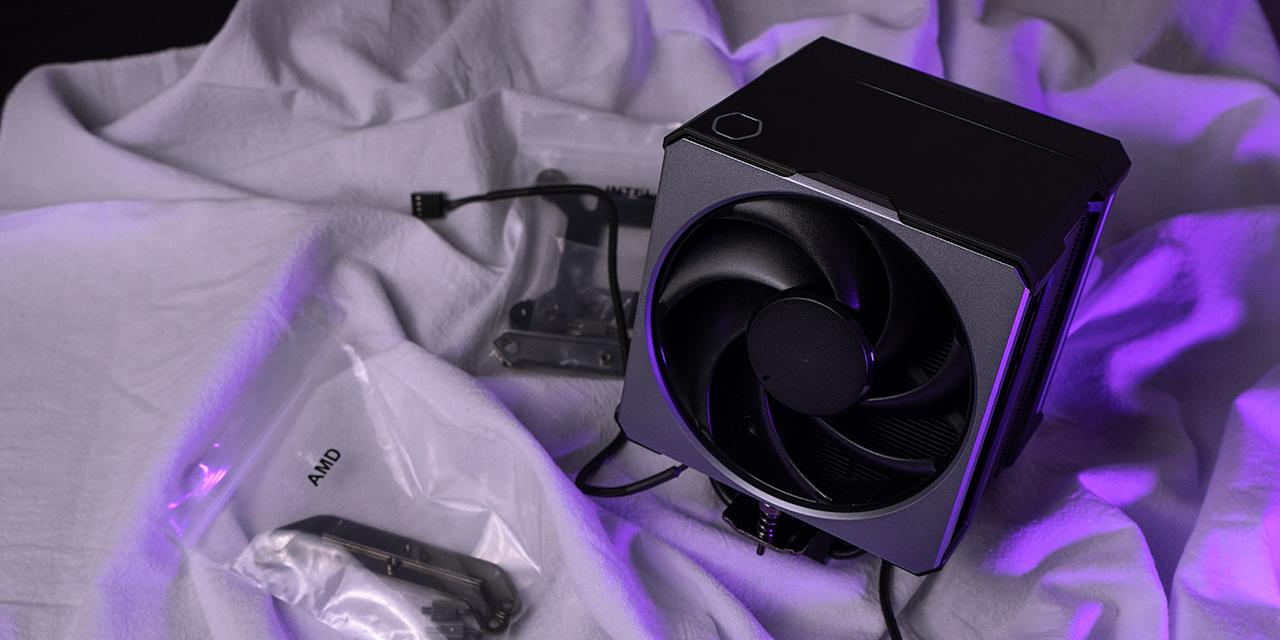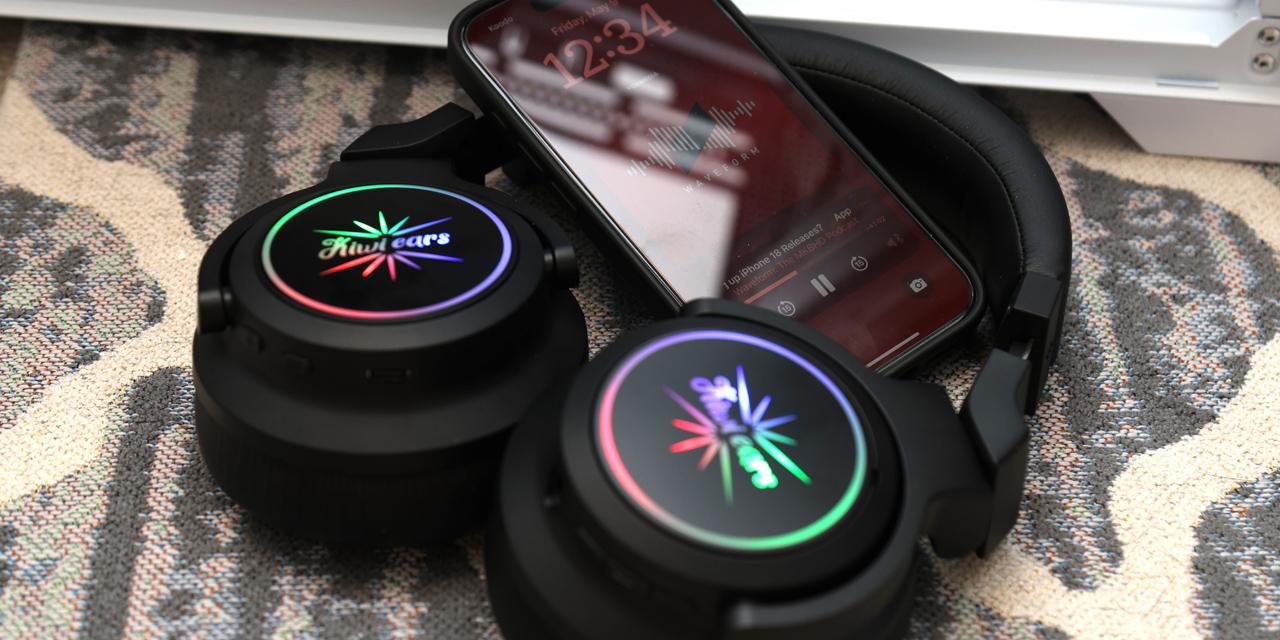Page 2 - Physical Look - Hardware

The be quiet! Light Wings White PWM High Speed 120mm and 140mm are ARGB fans that have a very similar appearance to the Silent Wings 4, which I have previously reviewed. be quiet! adds a bit of spice with ARGB lighting, but maintains the classic wings design that has shown excellent performance. The entire fan is mainly white in color. Likewise to many other white fans, both the be quiet! Light Wings White PWM High Speed 120mm and 140mm have a bit of branding on the middle of the impeller. I personally love the branding as they keep a more muted logo in the center, utilizing a grey sticker with black text for contrast. On the edges, we have more traditional fan mounts with rubber pads to dampen noise caused by vibrations. Overall, the design of this fan is comparable with its competition.
Internally, the fans use rifle bearings. These bearings are similar to sleeve bearings in the sense they have a lubricant inside the bearing to keep operation smooth and friction at a minimum. However, they have been modified to operate at a lower noise and a longer lifespan compared to traditional sleeve bearings. This is an interesting choice as the Silent Wings 4 utilized fluid dynamic bearings, and fluid dynamic bearings typically produce lower noise while having a longer lifespan. We will have to see how this affects the noise in our testing.

Taking a closer look at both the fan blades, you can see some notable differences compared to other fans. If you look at the fan blades, you can notice a texture utilized to allow for slightly better airflow. There is a small gap in between each of the fins, having no overlapping ones. The angle each blade sits in comparison to the rotating middle is about 45 degrees. The curvature of the blades is about average. There are a total of nine blades on the impeller for both fans. The impeller on both the fans are fairly average in size. We will see how this design affects the airflow during our performance tests.

On the output side, four arms hold the fan in a typical manner as seen in the image above. These arms will obstruct minimal air from passing through. There are two cables on the be quiet! Light Wings White PWM High Speed attached to the fan for ARGB lighting and fan power and control. The cable is a 4-pin PWM controlled header that is approximately 500mm in length. The ARGB cable is a standard 3-pin header that is approximately 500mm long with an extra 100mm extension to daisy chain ARGB headers. This should be long enough to maneuver around most cases for a clean build, as this is a single fan with a simple setup. A braided cable would be appreciated as it would aid in durability, but the standard cable is perfectly fine.
Looking at the specifications for the Light Wings White PWM High Speed 120mm, we can see the maximum CFM or cubic feet per minute rating is 52.3 CFM. This is quite average for a 120mm fan. Air pressure is another important metric to evaluate the performance of a fan. In scenarios where there is a mesh or heatsink that obstructs airflow, the fan is required to have the strength to pump air through it. This strength is measured in mmH20. The be quiet! Light Wings White PWM High Speed 120mm specifies 2.6 mmH2O maximum. Note these values are achieved by the fan spinning at about 2500 RPM, which is the fan’s maximum speed. Quickly looking over the Light Wings White PWM High Speed 140mm, relatively comparable specifications can be seen given its size with a maximum CFM of 71.7 and air pressure of 2.3mmH2O at its 2200 RPM speed. Another important aspect of fans is their noise level, which is measured using dB, or decibels. The specifications do not state a minimum noise level, but specify a maximum noise level of 31 dB for both the Light Wings White PWM High Speed 120mm and 140mm. Taking this into account, these fans can be considered to be low in noise level when considering their high RPM and airflow.

Each pack comes with its own ARGB control hub. This hub is incredibly simple to use as you simply connect it to a SATA power connector, then plug it into an ARGB header on the motherboard. The setup is nice and simple, and I have no complaints. You can daisy-chain the ARGB headers on the fan together, but the control hub provides a much more elegant solution. This is a great addition to the package.

The lighting on the fan is using a ring design. This has been a fairly common design utilized by several models like the Cooler Master MasterFan MF120 Halo. While I personally do appreciate having the individual fan blades illuminate, I do enjoy the subtlety of the ring design. I personally find it makes for a much cleaner design. Generally speaking, the lighting is quite good and will be an eye catcher for sure. The pairing with a white base reflects the light wonderfully and makes for a more complete look.
Page Index
1. Introduction, Packaging, Specifications
2. Physical Look - Hardware
3. Performance Tests
4. Conclusion





